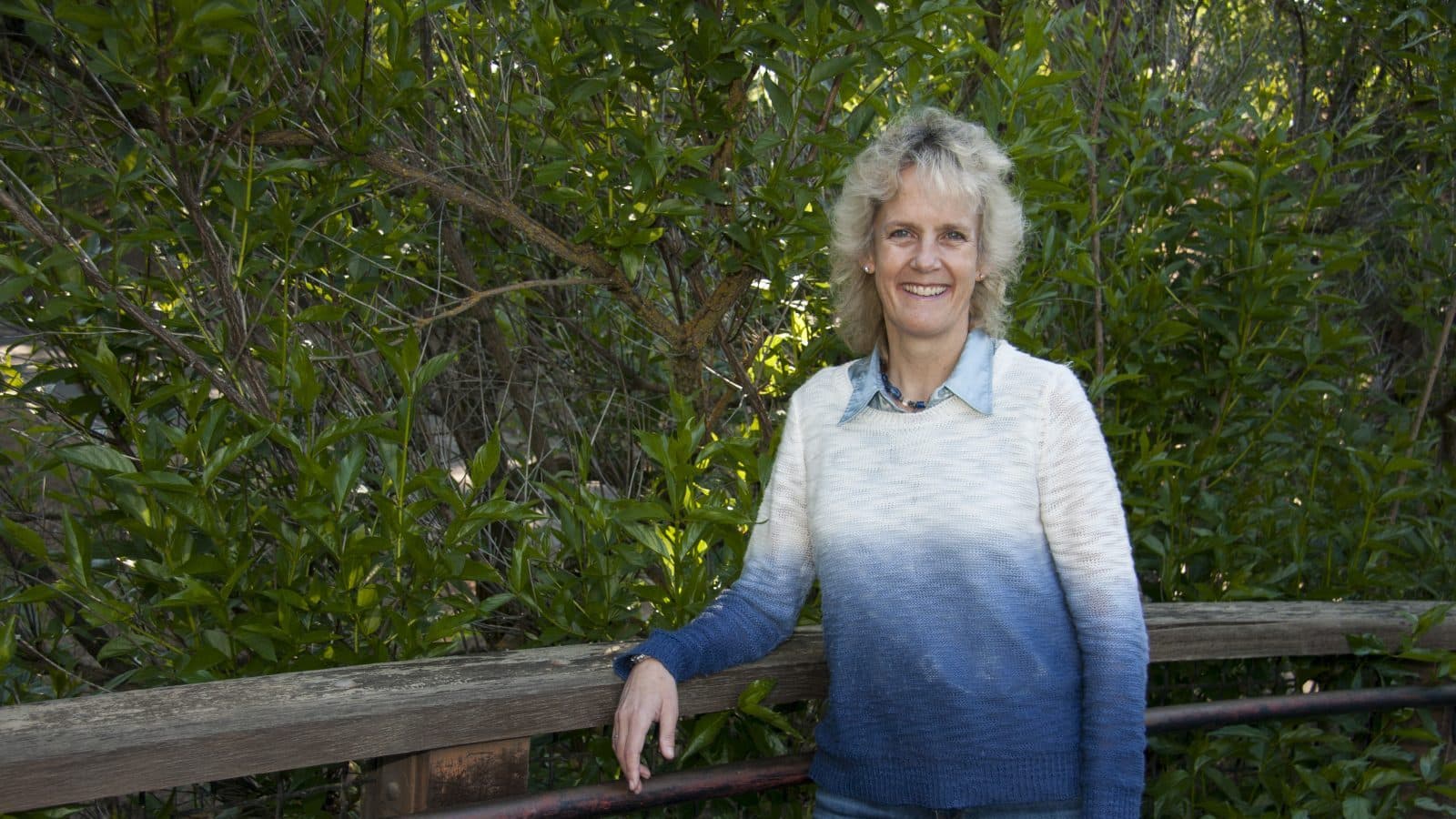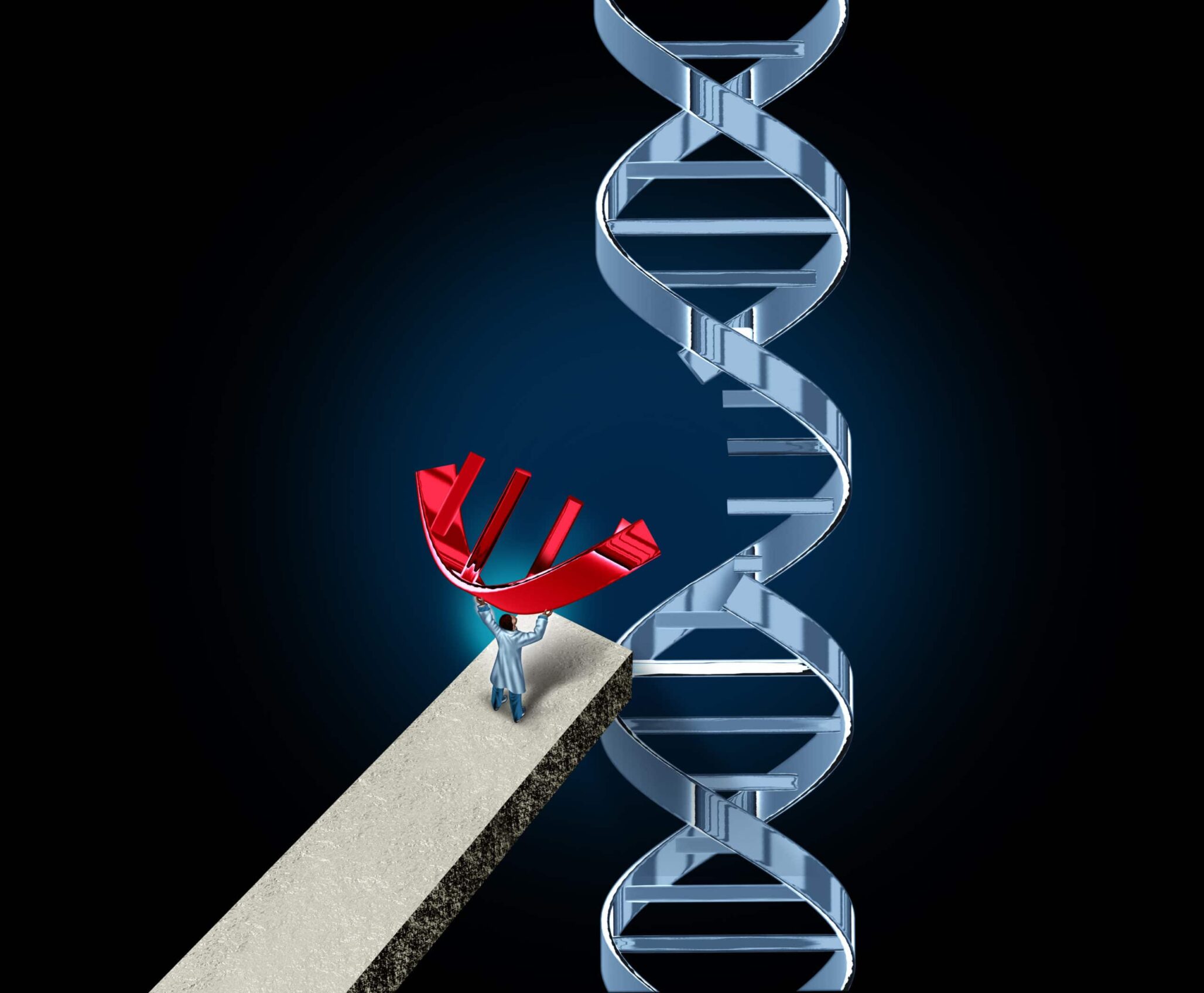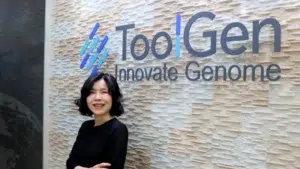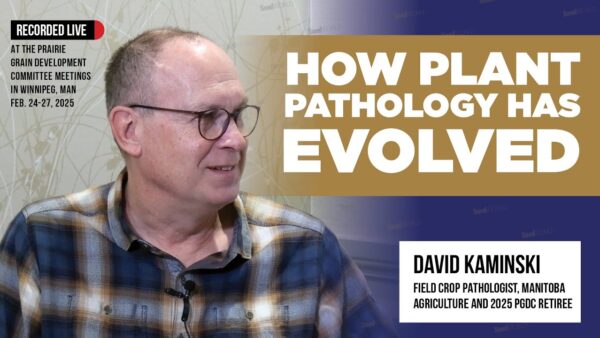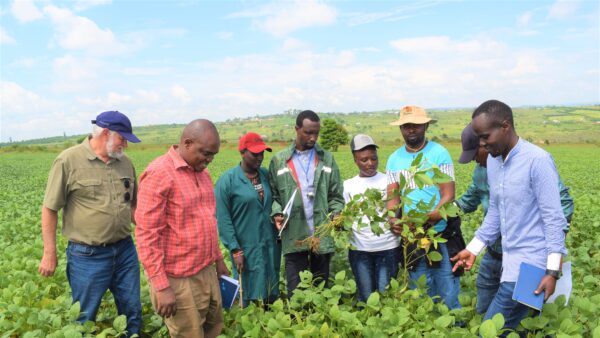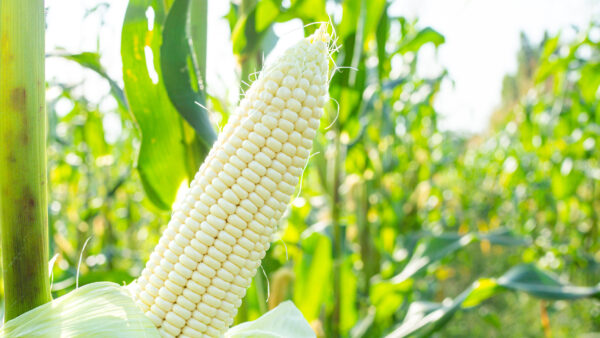Alison Van Eenennaam, an Extension specialist in animal genomics and biotechnology at the University of California, Davis, shares her excitement for gene-editing and her research on cattle.
Seed World: Favorite food?
Alison Van Eenennaam: Lamb. It was what I was raised on, being from Australia. My mum used to cook the most amazing leg of lamb.
SW: No. 1 hobby?
AVE: Travel. I love something as simple as going down to San Francisco on the ferry for the weekend, to visiting different countries and cultures. Luckily, I get to do that a lot with my job.
SW: Do you have any animals at home?
AVE: A dog, four chickens, and six Glofish — and they are all genetically modified in some way! My Sheltie (Shetland Sheepdog) dog is clearly different to a wolf; the chickens are all of different breeds selected for particular characteristics, like the Ameraucana to lay blue eggs, and the fish are actually genetically engineered to each fluoresce a different color. They look amazing under black light.
SW: Your biggest achievement?
AVE: Keeping all the balls in the air. It takes a lot to keep a molecular lab funded. Grants are time consuming and have low rates of success, graduate student fees and stipends are expensive, as are reagents and animal care costs. Then as an Extension specialist, I spend a lot of time on the road speaking to a variety of audiences throughout California and beyond. Most importantly, I have two sons and a husband at home, in addition to the pets. Keeping all of that running smoothly takes a lot of juggling. My “work:life” balance is a bit disorderly. It all just runs together. That expression always seems an oxymoron to me: Is work not a part of life?
SW: Why focus your research around cows?
AVE: Cattle, both beef and dairy, are major global sources of animal protein. They are an amazing species. As ruminants, they upscale inedible forages through their rumen into highly nutritious protein. There are 1.5 billion cattle found throughout the world. They have been bred for adaptations to heat, cold, humidity, extreme diet, water scarcity, mountainous terrain, dry environments and general hardiness. They produce meat, milk, fibers, hides, skins, fertilizer and fuel, and are used for transportation and draft power. Really, who wouldn’t want to focus their research on cows?
SW: You’re working on a project with CRISPR-mediated genes. How beneficial is CRISPR in your research?
AVE: CRISPR is a tool. It is a precise pair of scissors, which cuts DNA at a specific location in the genome. This opens up the possibility for breeders to selectively inactivate deleterious genes and introduce useful alleles into breeding programs. As such, I see it as a cherry on the ice cream sundae of traditional breeding programs. It does not replace conventional breeding; it synergistically complements it by allowing targeted allele introgression and/or knockouts to affect a desired trait, such as disease resistance. It is basically precision breeding — enabling breeders to tweak the genome in targeted ways based on our biological understanding of genetic variation. It opens up a lot of possibilities for plant and animal breeders globally, including those working at public institutions and universities, to use this tool to accelerate the rate of genetic improvement in our food species.


